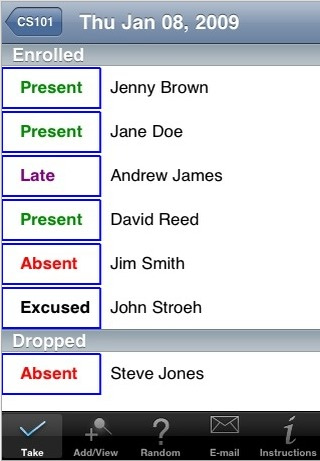I'm the chair of our university's Faculty Development Committee. We recently conducted a survey of our faculty members, in part to discover what were perceived to be the most valuable breakout sessions to offer for our Fall 2013 faculty development kick-off.
As I reviewed all the responses, one theme emerged, in terms of what breakouts ranked highly. It was apparent that the majority of us feel the squeeze of wanting to accomplish more tasks in limited time. I plan on doing a series of posts about faculty personal productivity in the coming months. In this post, however, I start with one way to both save time and provide more meaningful feedback to students: creating and using rubrics.
GETTING STARTED
When I first began developing rubrics, I followed my Mom's tried-and-true method of finding a book on the topic. Stevens' and Levi's Introduction to Rubrics proved invaluable in establishing a process for speedy rubric creation.
 I own the first edition of the book, though the current version appears to have gone through some important revisions since then. I highly recommend getting a copy of the book and discovering the steps of rubric creation. Having a framework to use each time you come up with a new rubric will ultimately be faster and will lead toward rubrics that are easier to comprehend.
I own the first edition of the book, though the current version appears to have gone through some important revisions since then. I highly recommend getting a copy of the book and discovering the steps of rubric creation. Having a framework to use each time you come up with a new rubric will ultimately be faster and will lead toward rubrics that are easier to comprehend.
You can also facilitate groups in developing rubrics, which can be helpful when teaching non-foundational courses and more advanced learners. Departments can also develop rubrics together for class and program assessment purposes. Introduction to Rubrics has a recommended process that facilitates rubric creation by both individuals and groups.
FINDING SAMPLES
While much of the content focuses on K-12 resources, Kathy Schrock's Assessment and Rubrics page (http://www.schrockguide.net/assessment-and-rubrics.html) is worth a visit. In particular, she has a section devoted to rubric builders and generators that is a big time saver. While it is possible to build a rubric that automatically calculates a point value as you select various parts of the rubric in Microsoft Word, it is by far a quick process and requires advanced word processing skills.
DePaul's Teaching Commons site also has a page (http://teachingcommons.depaul.edu/Feedback_Grading/rubrics.html) devoted to rubrics that is great for finding samples. The top portion of the page has general rubric tools, while the bottom portion has samples for particular topics or skills.
I continually update my bookmarking site of choice (Pinboard.in) with new rubrics and related tools as I discover them (https://pinboard.in/u:bonni208/t:Rubrics/).
One recent site that was recommended by a list serve I am a member of was the Association of American Colleges and Universities' LEAP program. They have established a set of essential learning outcomes and related rubrics for twenty-first-century college students, as a part of their Liberal Education and America's Promise (LEAP) campaign (http://www.aacu.org/leap/vision.cfm).
REFINING RUBRICS OVER TIME
My husband recently wrote a post that emphasized the use of the question “Is good enough best for this?” (http://coachingforleaders.com/articles/be-more-flexible/) as a means for being more flexible in life. I have found that with rubrics, it is always better to have one published, than to wait until I have refined it well enough to consider it done. My class preparation checklist has an item to evaluate and, if needed, modify the rubrics for a given course each semester.
When I am in the process of grading assignments for a given course, I make note of any gaps that exist in the students' submissions that were not addressed in the rubric's construction. Then, I create an entry in my task management system to revise that rubric once the semester is over.
SHARING YOUR CREATIONS WITH OTHERS
Once you have come up with a set of rubrics that are working well for you, why not share them with others in your field? Consider generating a Creative Commons license (http://creativecommons.org/) for your work, so you can comfortably share it in a way that is acceptable to you.
Please feel free to post links to rubrics you have created in the comments section, or to pass on other rubric tools that have benefitted you.


